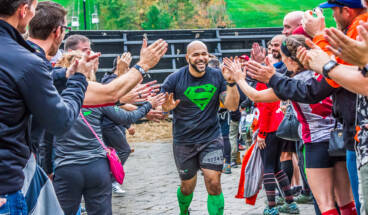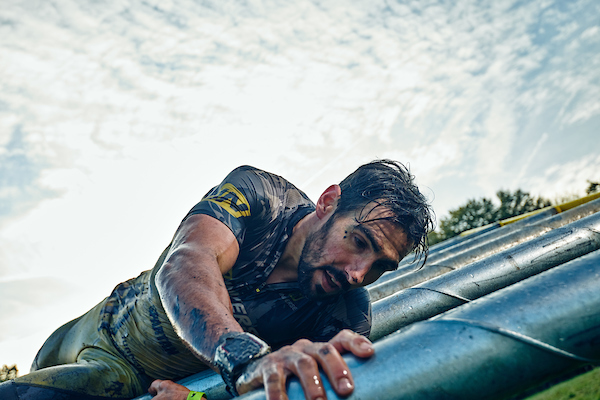
Obstacle Difficulty: Can OCR Be Too Hard?
It’s a simple question, can you make an Obstacle Course Race (OCR) that is too hard?
Well the answer is yes…and no…actually it’s really complicated and depends on the type of race, who the targeted consumer is and what do you mean by too hard. For purposes of this article, I’m referring to obstacle difficulty and not referencing things like terrain (i.e. Spartan’s Killington races or Mountain Series).
There are three types of races that I think all have different answers:
- Cash prizes for non-championship OCRs that aren’t Ultra-OCR (these include events like Savage Race, Conquer The Gauntlet, as well as lots of non-series “local” races like Indian Mud Run that typically hold one or two events a year).
- Championship Races (including events like OCR World Championships and North American OCR Championships)
- Ultra-OCR (including events like World’s Toughest Mudder and OCR Enduro World Championship)
There are also different answers depending on which population we are talking about.
For purposes of this article, I’ll use established definitions created by qualification standards for OCR World Championships. (While I’m sure you could argue who “belongs” in each category, let’s just agree to use the below to facilitate the discussion.)
- Elites: Those who qualify for the Pro Wave at OCRWC. Let’s say this amounts to about 1% of the sport (maybe 4% at most). You don’t have to run in the Pro wave, you just have to meet the qualification standard.
- Competitive: Those who qualify for Age Group at OCRWC but don’t qualify for the Pro wave. Those looking to achieve personal bests and care about their results. Let’s say this is another 2-10% of the sport.
Between those two categories that’s anywhere between 3-14% and probably consists of almost everyone coming to this website. While those percentages are up for debate, the main idea is that the Elites and Competitive don’t make up the majority of the sport and its participants.
- Open: Those who are simply there to finish the course. They make up around 86-97% of the sport and are really the ones who enable companies to be profitable. Without them, there is no OCR. Many don’t even know the acronym OCR despite having raced in their local Tough Mudder or Spartan Race.
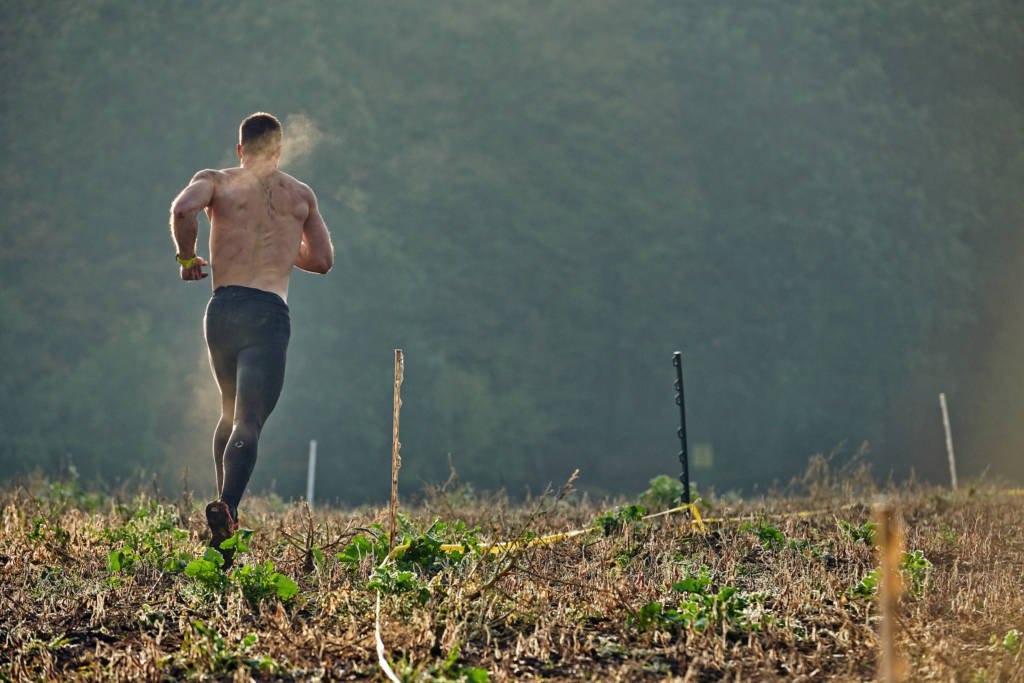
Can Cash Prize OCRs Be Too Hard?
Now that we have some definitions out of the way, let’s get to the question of the article.
Elites
If the company is giving away money that should be profit, I don’t think it can be “too hard”. Sure the number and type of obstacles may turn the event into what many view as a ninja competition and less of an OCR, but that’s the beauty of the sport. If you want something that’s more running based, you can head to Warrior Dash, where it is almost impossible to fail obstacles. Some will surely justify their failure with excuses like “that was stupid”, “that wasn’t much of a race” or “that’s not the way it should be” but those are emotions based off current failure compared to previous success.
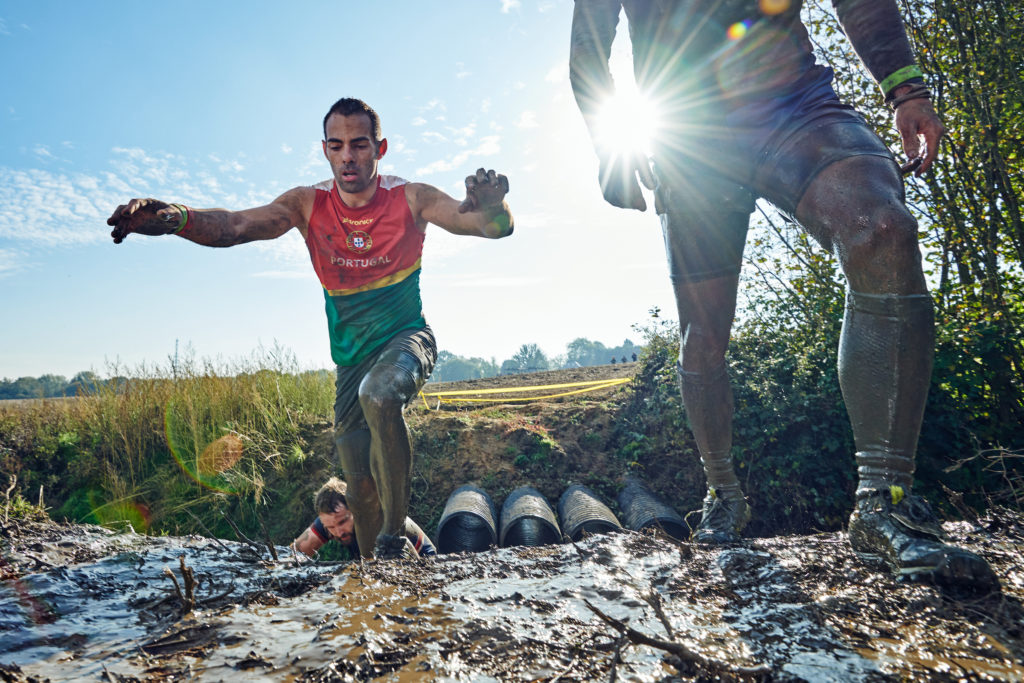
The “ninja” that ran at what a “runner” would consider a slow jog but made it across every obstacle probably still felt like he was racing hard. Just because someone is a worse runner than you doesn’t make them a worse athlete if they are well rounded in other skills. Maybe the guy that normally finishes 30th is suddenly on the podium with really hard obstacles. That depth and variety is what makes OCR interesting in my opinion.
Will obstacles that are too difficult drive some of this possible consumers away? Absolutely. However, I would argue that it will drive a different group of athletes towards those races. Which, in my opinion, is the reason you sometimes see different groups of athletes at events like Spartan Race vs. Savage Race/Conquer The Gauntlet, despite them being held geographically in the same area on different weekends.
Competitive
This is a tricky area. This group trains, is constantly striving to improve and legitimately cares about their results. Just as with the Elites, very difficult obstacles will drive some of these athletes away but it will also drive a different type of athlete toward the race. I think this is the group that is the most vocal online and in person. Some will hate the harder obstacles and refuse to give up a band. Some will never come back to that race series while others are now obsessed with that brand and training to keep their band at the next race.
In the end, I hypothesize the difficulty of obstacles, will overall have a neutral effect on these first two groups.
Open
The common opinion is that if you make obstacles too hard then people won’t come back and that’s who sustains the sport. Here’s the thing though. Go sit at a rope climb obstacle (something most of the readers of this article would probably consider an easy obstacle) and watch how many people fail. I haven’t sat there all day, but I’ve been there for an hour at Conquer The Gauntlet Open waves and watched 50%+ of the participants get nowhere near the top of a rope that was much shorter than the one at North American OCR Championships.
Based off that line of thought, rope climbs are too difficult and therefore driving people away from OCR. The thing is most people “fail” lots of obstacles, except they don’t view it as a life shattering event, it’s just “I tried that one and it was hard but fun”, “I almost made it across” or “I didn’t make it but I made it a lot farther than my brother”. I asked a couple of friends that go to a 1-2 OCRs a year and this was the prevalent attitude they had.
If obstacle difficulty alone drove people away then why do so many people apply to American Ninja Warrior every year? Surely, they know they don’t have a chance of finishing the course and winning the $1 million prize purse. Is it solely to get on TV? Or is it because they want to try something challenging and see how far they can make it? Do they just want to feel like a kid again and climb, swing and jump on an adult playground?
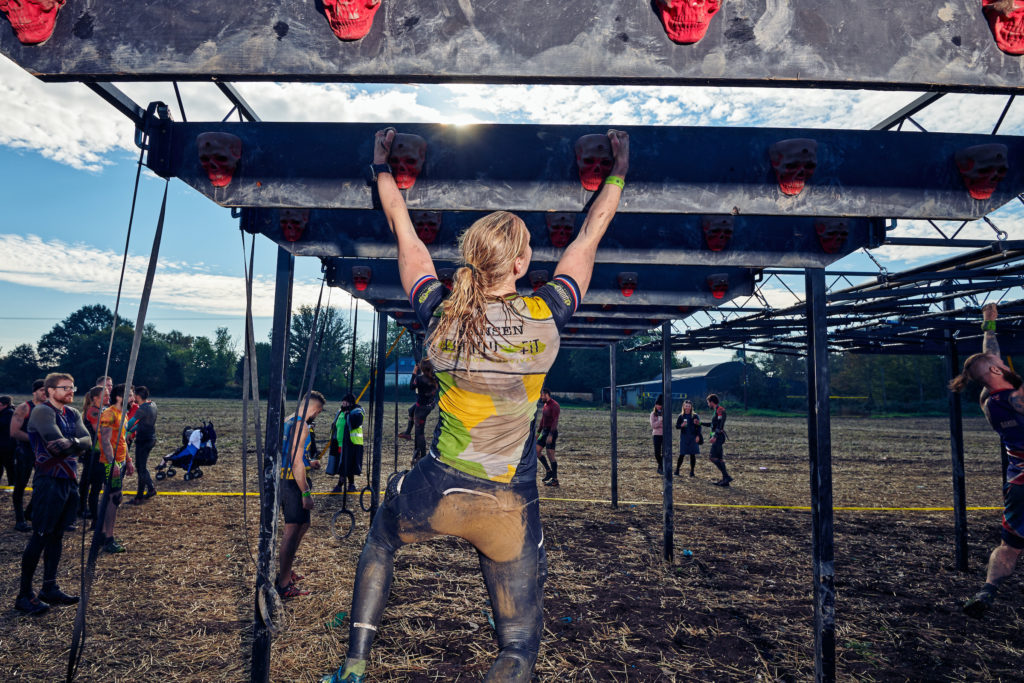
Is the data and opinions I provided hard facts?
I don’t think so since I mostly used empirical data from informal polling of people that have run OCRs, but it does present a way of thinking different from the simple opinion of “those obstacles are too hard” and “that’s a bad business move”. Unlike what I’ve heard people suggest, I don’t think the obstacle difficulty of BattleFrog (#RIP) drove people away but rather they didn’t get a quick enough return on investment (i.e. costs like sponsoring the Fiesta Bowl and $1 million in prize money) and had little to do with obstacle difficulty in my opinion. After all, they even had different difficulty lanes for beginner, intermediate and advanced.
If anyone wants to collect hard numbers by sitting at obstacles and collecting failure percentages please go ahead and I’ll revisit this article. What I think is most interesting is the answer changes for championship level OCRs. Check back next week to read my thoughts on that. I think you might be surprised by the answer.
–Evan Perperis
Evan Perperis, NSCA-CPT, is an athlete on the Conquer The Gauntlet Pro Team and author of three books on Obstacle Course Racing. Included in his 39 podium finishes is a 2nd place Pro Coed Team at the 2018 North American OCR Championships and 1st Place Team at 2018 World’s Toughest Mudder. Find more of his content at www.teamstrengthspeed.com.


